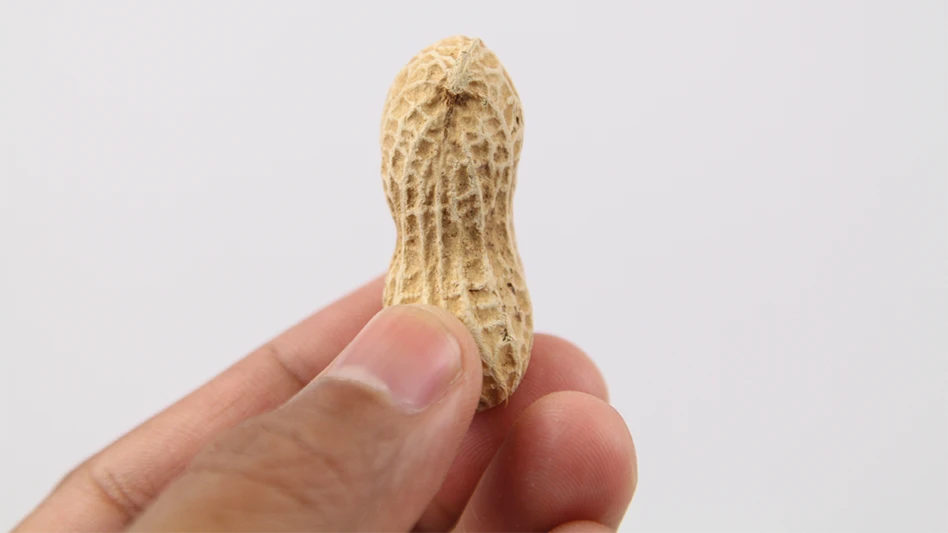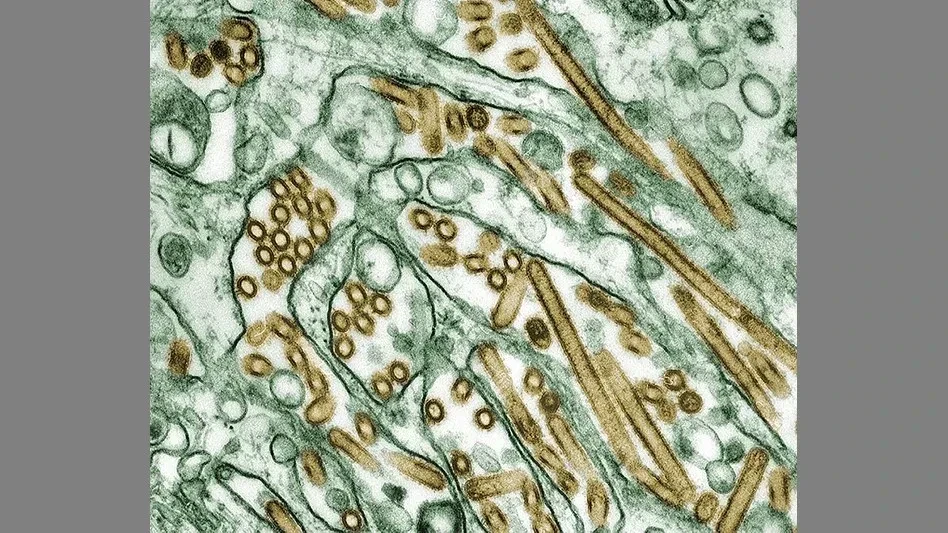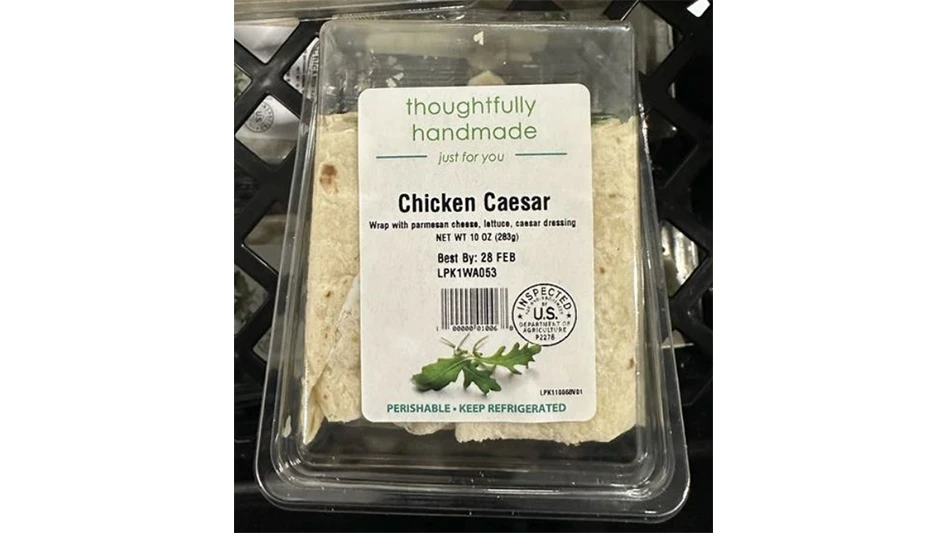In my previous column I noted "it appears microorganisms are making a comeback in food," citing pet food problems of 2007. In 2008 it was tomatoes or was that peppers? Now Salmonella-contaminated peanut butter is the most recent culprit. Some readers asked me to expand my sanitary design comments about combating microorganisms in food plants, specifically segregation of processes and critical maintenance.
Good sanitary design contains a seg-regation of processes; barriers along a process flow designed to prevent cross contamination and exclude void areas. This design attribute is critical to controlling microorganisms, as many raw materials are sources of microorganisms. Raw material receiving, ingredient stor-age, ingredient preparation (batching/mixing), cooking, drying/cooling, further processing (flavor enhancement), prepackaging (bulk storage, sifting, sizing), packaging, warehousing and shipping are processes that should be segregated. It is critical to isolate raw materials from the cooking (sterilizing) area with walls, air flows and traffic patterns, and prevent air, humans and lift vehicles from going back and forth. Equally important is isolating the cooking area/further processing from the prepackaging/packaging areas. Flavor enhancement and/or inadequate cooling can contribute to microorganism contamination of a cooked (sterilized) product. Packaging is a last line of food safety defense (an open product before containerizing) and must be isolated from the warehouse. Shipping also should be isolated from warehousing as open doors allow foreign material to contaminate the stored product. If raw materials are vulner-able to microorganisms (pathogens), it is critical to isolate the raw materials from processing to prevent microbial problems. Segregation must exist between the pre- and post-cook zones in any food plant.
Additional areas that should be segregated include air handling, waste/trash handling, packaging supplies and employ-ee entrance/facilities. Clean air intake locations are critical for safe processing. Positive air flows are important to assure transfer of air is clean to clean, not dirty to clean, and air quality should not violate good sanitary design principles. Instead of locating trash removal at a shipping dock, near finished product, good sanitary design would call for isolating it by compaction adjacent to an enclosed (trash staging and cart cleaning) area. A well-designed food plant operation will often have at least two such trash removal areas. Because packaging materials contact food surfaces, they are a unique material and should be treated as such. Packaging supplies should enter and be stored in the finished product area. To minimize the transfer of microorganisms from workers’ shoes, the employee entrance should be direct into locker facilities, allowing no employees to walk directly into a food plant; a similar barrier should be in place for visitors.
What plant maintenance is considered critical to controlling microorganisms? All maintenance activities which keep a plant in good sanitary condition are important. Maintenance personnel should have sanitary design training to understand how their workmanship applies to food safety. Keeping dry areas dry is a critical concern. For example, roof leaks allowing moisture to reach dry material can contribute to pathogenic growth. Pathogens can exist in dry material but may not grow to a harmful level until moisture and temperature are conducive. Condensation above a process (ledges/pipes) or inside a process (bins/coolers) is another example of a moisture source contributing to a growth condition critical for maintenance attention. The location of a leaky roof or condensation can be devastating to a food plant.
Good sanitary design can be used in the renovation of existing plants or with new buildings. Although renovating existing plants with sanitary design is doable, that approach is more expensive than doing it right the first time with the first build. Implementing sanitary design the right way the first time will save money over time.
------------------------------------------------
Author's Soapbox:
Certain food product groups are being treated unfairly. In the past tomatoes, peppers, pet food and peanut butter were alleged to have been contaminated with microorganisms. Why is it perceived that all tomatoes, peppers, pet food and now peanut butter are considered contaminated? Has consumer confidence in our food safety fallen that far?

Explore the March 2009 Issue
Check out more from this issue and find your next story to read.
Latest from Quality Assurance & Food Safety
- Eagle Unveils Redesigned Pipeline X-ray System
- USDA Invests Up To $1 Billion to Combat Avian Flu, Reduce Egg Prices
- Washington Cats Confirmed with HPAI as Investigation into Contaminated Pet Food Continues
- USDA Confirms Bird Flu Detected in Rats in Riverside
- Kyle Diamantas Named FDA’s Acting Deputy Commissioner for Human Foods
- QA Exclusive: Food Safety Leaders React to Jim Jones’ Departure, FDA Layoffs
- Water Mission Wraps Up Ukraine Response, Transitions to Long-Term Solution
- APM Steam Aims to Support Facility Preparedness for Winter with Steam Trap Surveys





